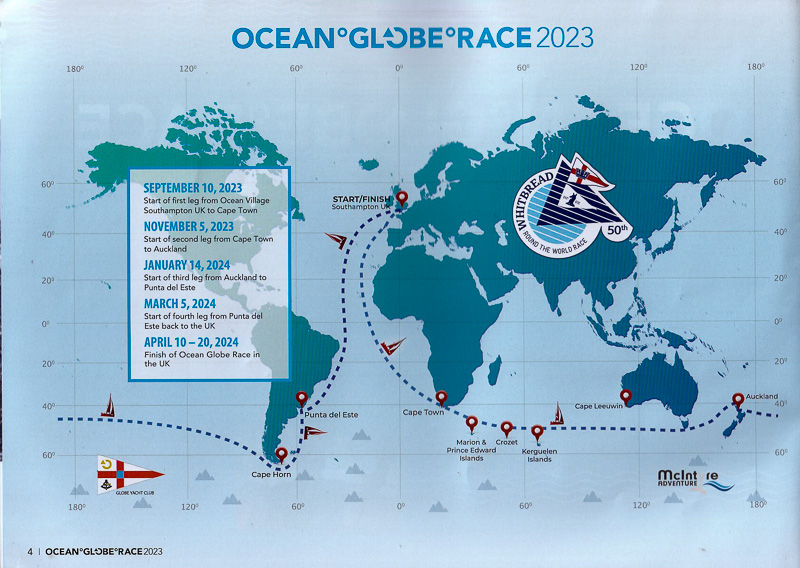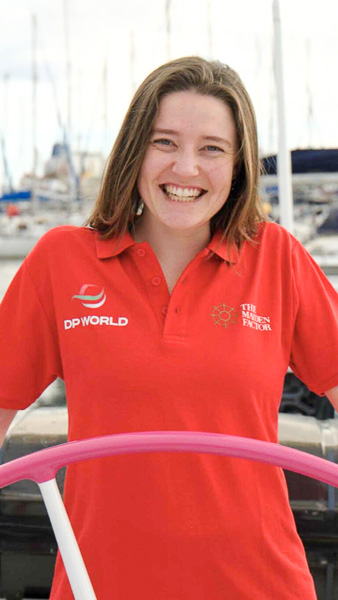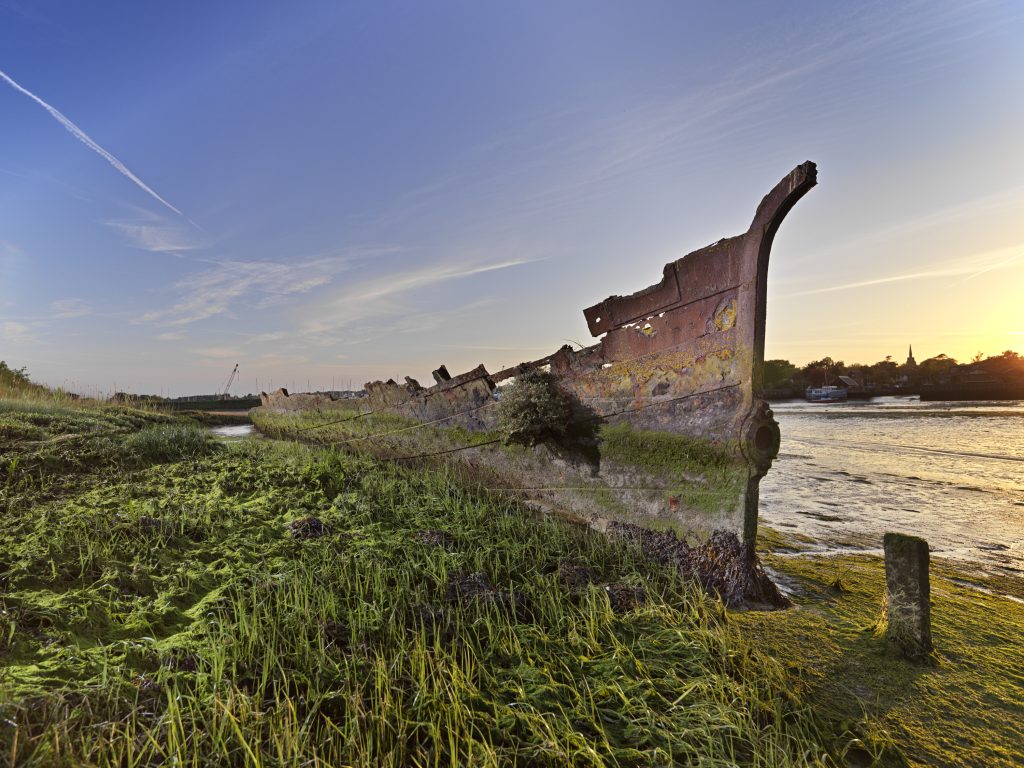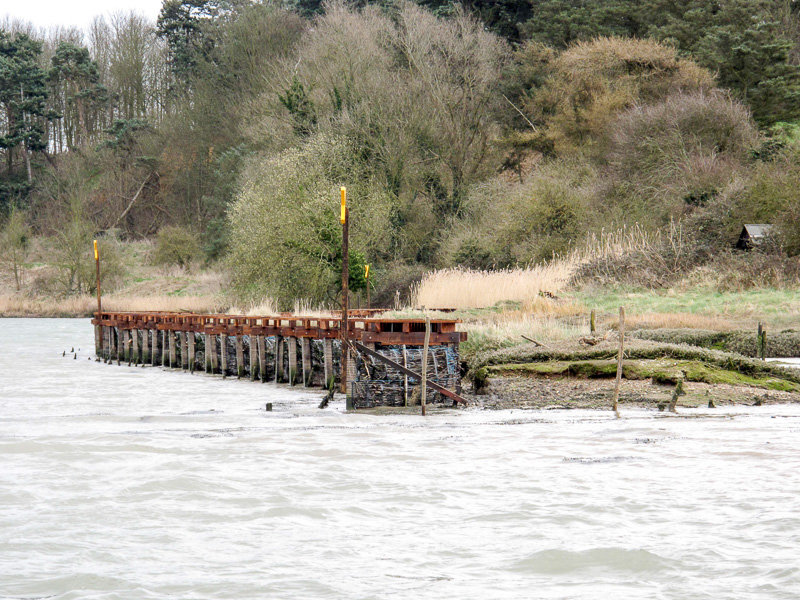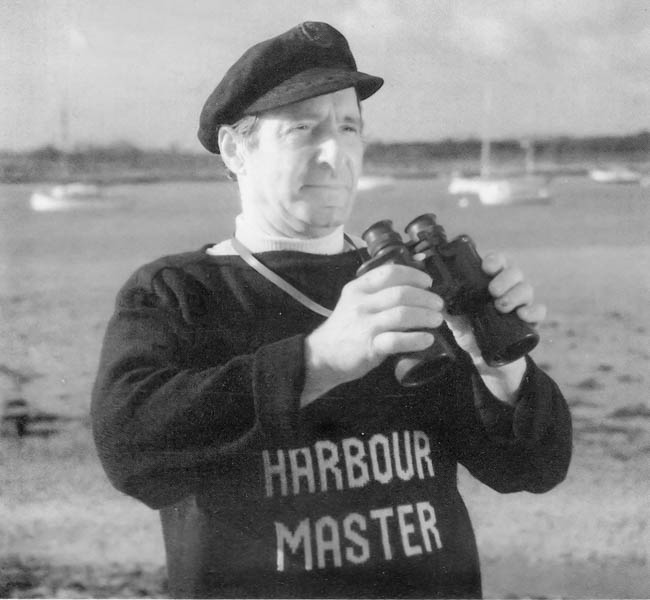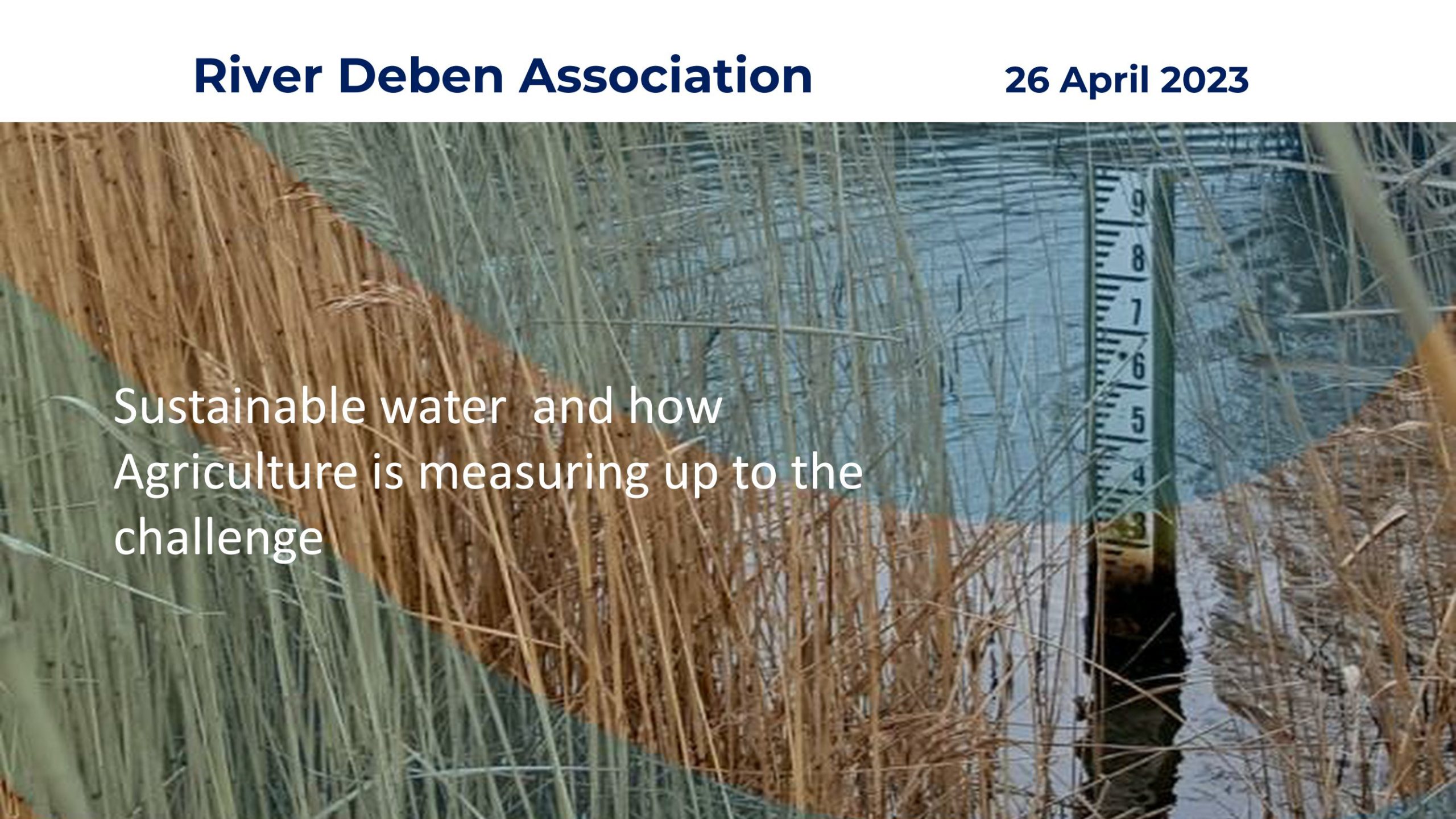By Sue Ryder Richardson
Map. OS Explorer 197. Map reference: 250462
What3Words: ///widget.depending.sourcing
Distance: 5.25 miles
Refreshments: The Red Lion and Black Tiles, Martlesham
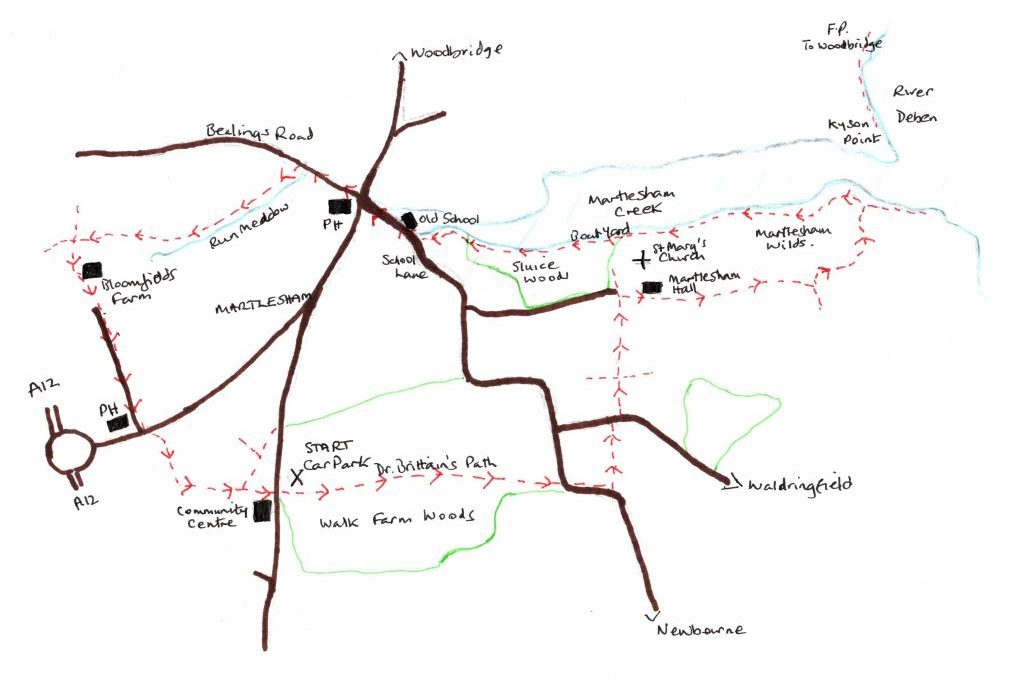
Whatever the season this walk is beautiful. On a cold winter’s day when there is a crispness to the air, the marsh can prickle with frost and the river, with its mud ridges and shallows, has a sharp clarity. The air echoes with the cries of birds, and waders impervious to the temperature, strut and pick at the banks. This time we walked in late summer and Walk Farm Woods at the outset offered welcome shade as we wandered through its chiaroscuro of light. Too early for mushrooms, or the turning of deciduous leaf, but both poised to promise autumnal glory in the weeks to come.
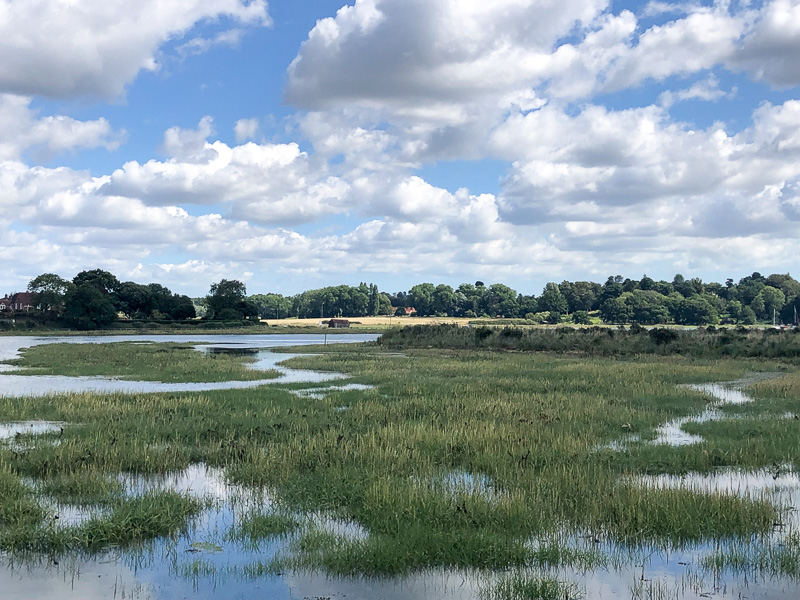
Over the Saltings


